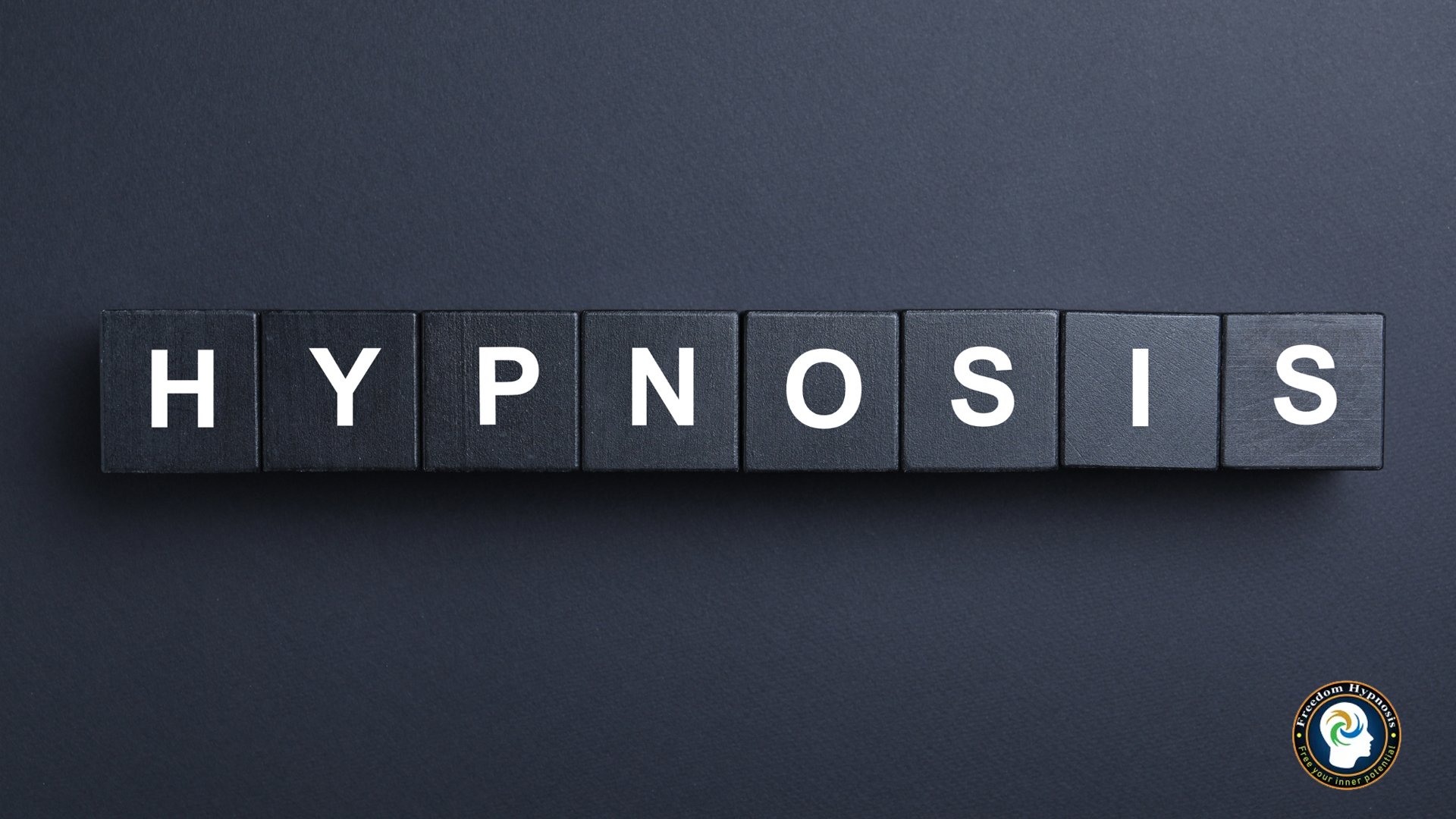
Introduction:
Have you ever been captivated by a speaker who seemed to have a magical hold over their audience? Someone whose words seemed to transport you to another world and leave you hanging on their every word? These are the hypnotic speakers – those who have mastered the art of communication and have the power to sway hearts and minds with their words.
In this article, we’ll explore the secrets of hypnotic speakers and show you how you can become a master communicator. Whether you’re a business leader, a public speaker, or someone who wants to improve their communication skills, the tips and tricks we’ll share will help you unleash your inner orator and captivate your audience.

Techniques for Hypnotic Speaking
Techniques for hypnotic speaking can help you connect with
your audience on a deeper level, capture their attention and persuade them to
take action. Here are some proven techniques that you can use to become a more
effective hypnotic speaker.
1. Practice Practice, and Practice: There’s no substitute for practice for hypnotic
speaking. The more you practice, the more comfortable you will be with your
material and the more confident and persuasive you will be when delivering your
message. Rehearse your presentation until you can deliver it smoothly and
confidently.
2. Using Hypnotic Language Patterns: Hypnotic language patterns can help you bypass your
audience’s critical thinking and access their subconscious mind. Hypnotic
language patterns include embedded commands, presuppositions, and pattern
interrupts. For example, you can use embedded commands to suggest actions to
your audience without them even realizing it. Presuppositions are statements
that assume a particular fact is accurate and can be used to create a sense of
inevitability or predictability. Pattern interrupts involve disrupting your audience’s
standard thought patterns, such as using a sudden change in tone or rhythm.
3. Using NLP Techniques: NLP (neuro-linguistic programming) techniques can influence your
audience’s behavior and emotions. One technique is matching and mirroring,
where you subtly mimic your audience’s body language and tone of voice to build
rapport and create a sense of familiarity. Another technique is anchoring,
where you associate a specific emotion or state with a particular gesture,
sound or word and then use that anchor to bring your audience back to that
state later in your presentation.
4. Building Rapport with Your Audience: Building rapport with your audience is essential for creating a connection and building trust. You can build rapport by using inclusive language, such as “we” and “us,” and by being open and transparent about your experiences and emotions. Mirroring your audience’s body language and tone of voice can also help you build rapport.
By incorporating these techniques into your hypnotic speaking, you can create a powerful connection with your audience and deliver a message that resonates with them on a deeper level. With practice, you can become a master hypnotic speaker and achieve your goals through communication.
What are Hypnotic Speakers?

Hypnotic speakers have mastered the art of using language and nonverbal communication to influence and persuade their audience. They deeply understand human psychology and use this knowledge to create a hypnotic state in their listeners, where they are more receptive to the speaker’s suggestions.
Hypnotic speakers can be found in various settings, such as motivational speaking, sales and marketing, and politics. They use multiple techniques, including language patterns, NLP (neuro-linguistic programming) methods, and body language, to capture and maintain their audience’s attention and build rapport with them.
One of the critical characteristics of hypnotic speakers is their ability to tap into their audience’s emotions and desires. They know how to connect with their audience on a deeper level and create a sense of trust and rapport, which makes their message more persuasive and compelling.
Overall, hypnotic speakers are skilled communicators who deeply understand human behavior and psychology. They use this knowledge to influence and persuade their audience, creating a powerful connection that can lead to positive outcomes for both the speaker and their listeners.
The Power of Language

Language is a powerful tool we use daily to communicate with others. The words we choose and how we say them can significantly impact how our message is received and interpreted. Language has the power to shape our thoughts, beliefs, and actions.
Words can inspire, motivate, and encourage people to take action. They can also bring comfort, support, and healing during difficult times. On the other hand, words can also be used to harm, insult, and belittle others. The power of language lies in how we choose to use it.
Hypnotic speakers understand the power of language and use it to their advantage. They use language patterns and techniques that create a sense of trust, rapport, and influence with their audience. They carefully choose their words and use them in a way that evokes emotions and triggers the subconscious mind.
For example, positive affirmations are a common technique used by hypnotic speakers. They use positive language to create a sense of empowerment and motivation in their audience. By using words that are associated with success and achievement, they can help their audience overcome limiting beliefs and self-doubt.
Metaphors are another powerful language tool used by hypnotic speakers. They use stories and analogies to visually represent their message, making it easier for the audience to understand and remember. Metaphors can also create an emotional connection with the audience and evoke a specific feeling or response.
In conclusion, language is a powerful tool that can be used for good or bad. Hypnotic speakers understand this power and use language to create a positive impact on their audience. Using language techniques and patterns, they can influence and persuade their audience to act and achieve their goals. The power of language is in our hands, and we can use it to make a positive difference in the world.
The Art of Storytelling
The art of storytelling has been a part of human culture for centuries. From ancient myths and legends to modern-day movies and books, stories have the power to captivate and inspire people.
Storytelling is not just about entertainment. It’s also an effective communication tool that can be used to influence and persuade people. Hypnotic speakers use storytelling to create an emotional connection with their audience, making it easier for them to understand and remember their message.
The key to compelling storytelling is to create a narrative that resonates with the audience. This is done using relatable characters, situations, and universal themes. The goal is to create a story that the audience can personally see themselves in and relate to.
Hypnotic speakers also use storytelling to create a sense of rapport and trust with their audience. By sharing personal stories and experiences, they bond with the audience and make them feel like they are not alone in their struggles. This can help the audience to feel more comfortable and open to the speaker’s message.
Another critical aspect of storytelling is the use of language and pacing. Hypnotic speakers use language patterns and metaphors to create a vivid and engaging story. They also use pacing to build tension and suspense, keeping the audience engaged and on the edge of their seats.
In conclusion, the art of storytelling is a powerful communication tool that can be used to influence and persuade people. Hypnotic speakers understand this power and use it to create an emotional connection with their audience. By using relatable characters, universal themes, and engaging language, they can captivate their audience and leave a lasting impression.
Look for online Hypnosis with an in-depth UNDERSTANDING of how the process works and what techniques are used. It’s also a good idea to check out reviews from PREVIOUS clients so that you can get an IDEA of what to expect.
The Importance of Body Language
Body language is a crucial aspect of communication that often
goes unnoticed. We use nonverbal signals to convey our thoughts, emotions, and
intentions to others. How we move our body, facial expressions, and even our
posture can significantly impact how our message is received and interpreted.
Hypnotic speakers understand the importance of body language
and use it to their advantage. They are aware that their nonverbal cues can
have a powerful impact on their audience and use them to create a sense of
trust, confidence, and rapport.
One of the most crucial aspects of body language is eye
contact. Hypnotic speakers use eye contact to create a sense of connection with
their audience. Maintaining eye contact establishes trust and creates a more
intimate relationship with the audience. Eye contact can also convey confidence
and authority, making the audience more receptive to the speaker’s message.
Gestures are another essential element of body language.
Hypnotic speakers use gestures to reinforce their message and create a more
engaging presentation. They use hand gestures, facial expressions, and body
movements to emphasize key points and develop a sense of excitement and energy.
Posture is also an essential aspect of body language.
Hypnotic speakers use good posture to convey confidence and authority. Standing
tall and holding their shoulders back can create a sense of presence and
control, making the audience more receptive to their message.

Bullet Points:
- Hypnotic speakers are those who have mastered the art of communication and have the power to sway hearts and minds with their words.
- Hypnotic speakers use language, storytelling, and body language to captivate their audience.
- The right words, tone, and inflexion can make all the difference in your message.
- Storytelling is a powerful tool that can help you connect with your audience more deeply.
- Body language is just as important as what you say and can affect how your message is received.
- Techniques such as practicing, using hypnotic language patterns, and building rapport can help you become a more effective communicator.
Frequently Asked Questions
Q: Who are some famous hypnotic speakers?
A: Some famous hypnotic speakers include Tony Robbins, Zig Ziglar, and Les Brown.
Q: Can anyone become a hypnotic speaker?
A: Anyone can become a hypnotic speaker with practice and the proper techniques.
Q: What are some common hypnotic language patterns?
A: Some common hypnotic language patterns include embedded commands, presuppositions, and interrupts.
To Conclude
Becoming a hypnotic speaker is not a mystical process
reserved for a select few – it’s a skill that can be learned and developed with
practice. By mastering the art of communication and incorporating the
techniques outlined in this article, you, too can captivate your audience and
unleash your inner orator. So go forth, and speak hypnotically!










